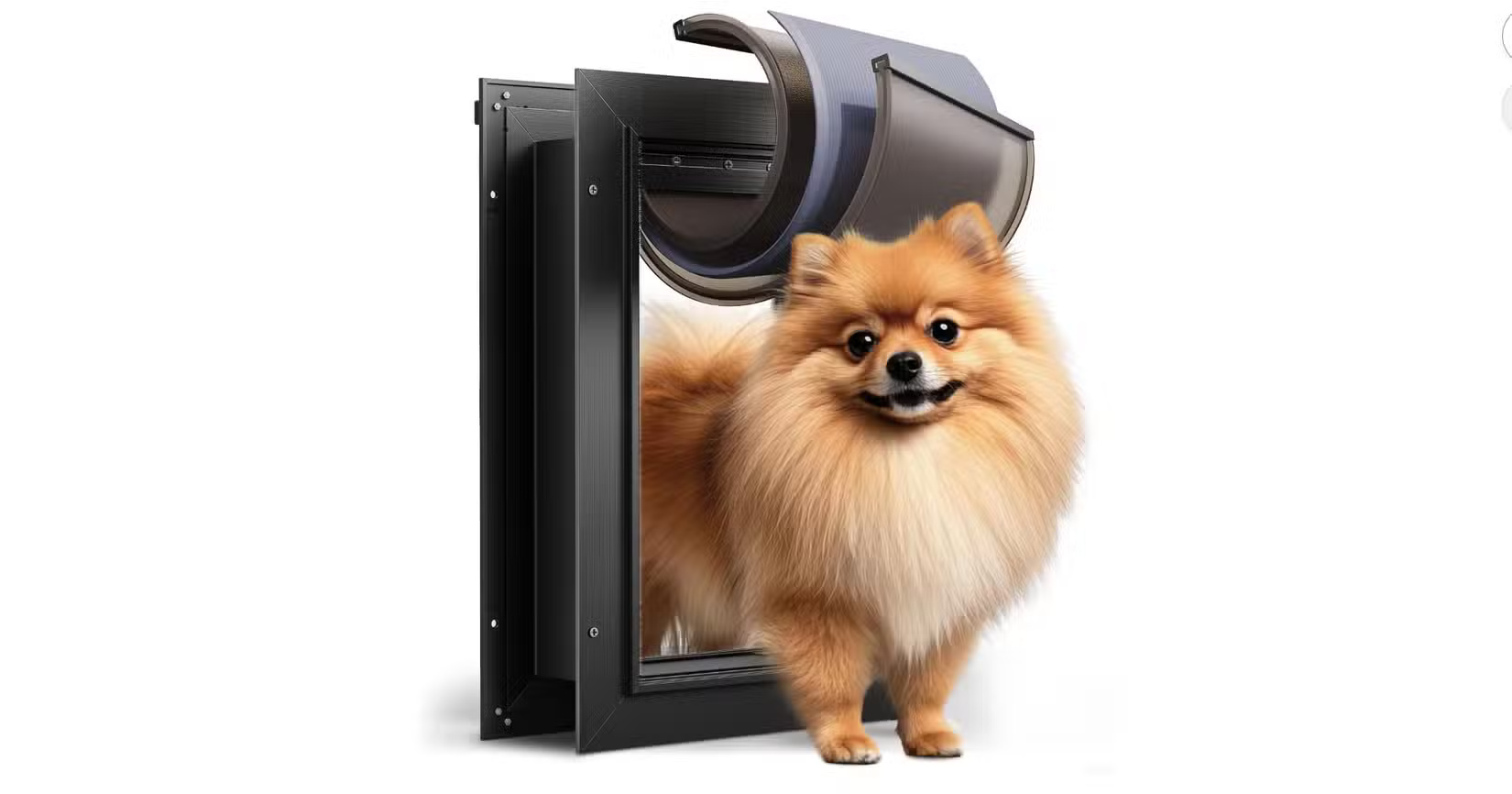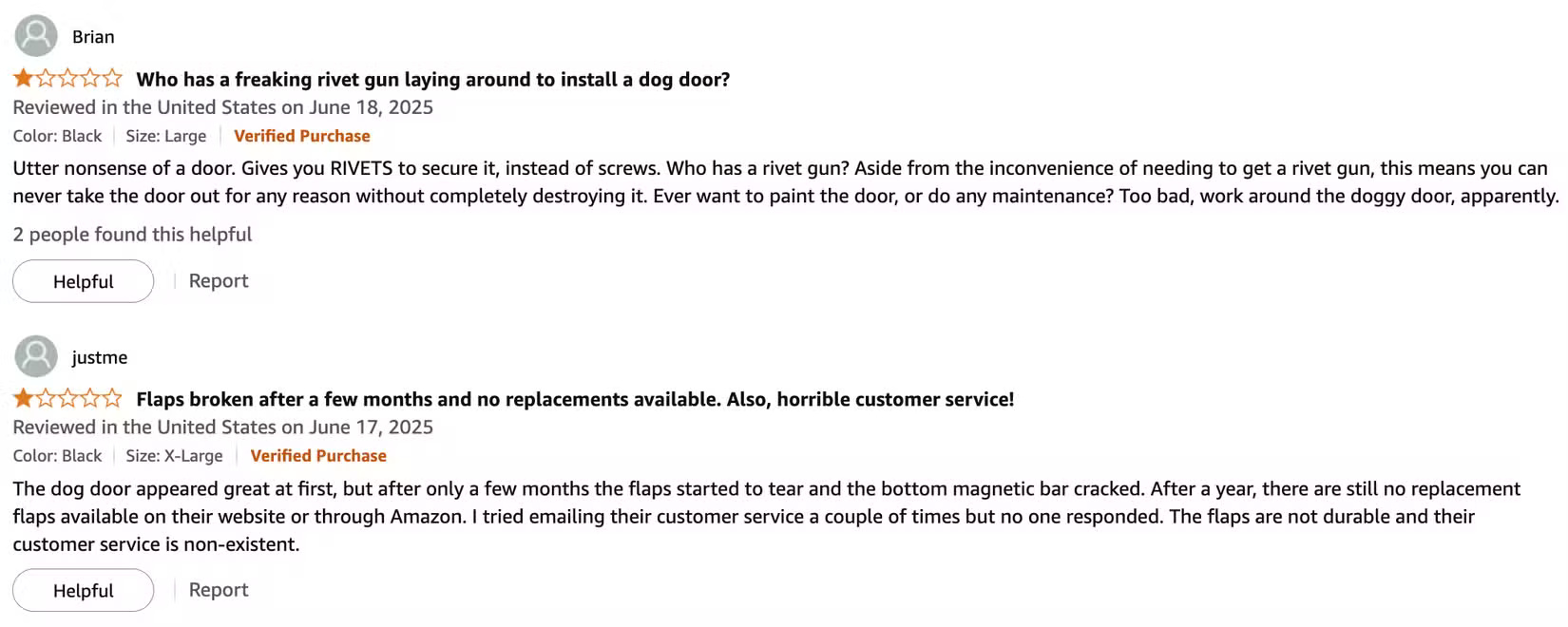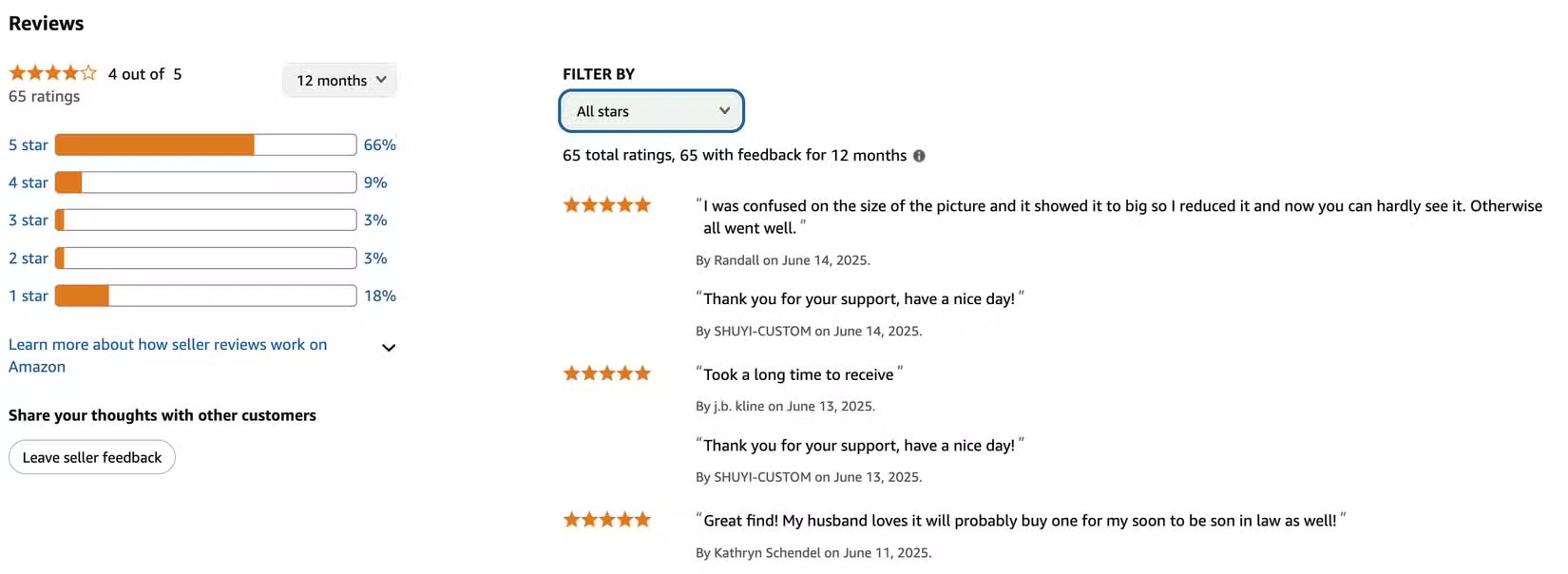AI Product Images Are Everywhere: How to Shop Safely?
Scammers have a new way to trick unsuspecting online shoppers: AI images. To the untrained eye, these photos look perfect, but they rarely represent the actual product. But while you can figure out if what you're looking at is AI- generated, you can avoid these scams with a few helpful tips.
5. Read the product description carefully

The best way to avoid being fooled by AI-generated fake photos is to pay close attention to the product description. For example, if you're buying a T-shirt with a cool graphic, check the product description to make sure you're getting the exact print you expect.
If the description uses phrases like 'design may vary' or 'for illustration purposes only,' that's a red flag, and it's likely the final product won't look exactly like the photo. You may have to dig deeper into the details to spot vague language and sneaky disclaimers. However, if the photo looks a little suspicious, it's worth investigating. Spotting AI images isn't always easy, but there are some helpful signs that what you're looking at might be AI-generated.
4. See other customers' reviews and photos

Customer reviews are the easiest way to get a real feel for what you're buying. In fact, it's a good habit to get into if you shop online. Even if the images aren't completely AI-generated, they can still be heavily manipulated. However, reviews and photos posted by other buyers can help you figure out what the product actually looks like and how it works.
While it's best to take everything you read online with a grain of salt, a lot of negative reviews is a strong indicator that something is amiss. However, keep in mind that fake reviews are common on shopping platforms, so be on the lookout for things like repetitive wording and odd spelling mistakes, etc.
If the listing is new and has no reviews, do a reverse image search on the photos to see if they appear elsewhere online. If you see the same set of photos used by multiple sellers, it usually means the images are AI-generated or stock photos are being reused without the seller owning the actual item.
3. Consider the price

If something seems too good to be true, don't be afraid to question it. There's a reason why better products cost more, they use better materials, have higher quality standards, and are more durable. When you see images of a product that looks premium but has a deeply discounted price, it's likely a low-quality item with flashy AI-generated images.
AI has come a long way and can produce fairly realistic photos that look clean and professional. But the actual product can be poorly made. While you may occasionally come across a bargain, it's best to skip heavily discounted products that come with questionable photos. If you're still skeptical, compare prices for similar products on other platforms; this will give you an idea of whether the deal is legitimate.
2. Check multiple product photos (preferably from different angles)
AI is great at generating images, but it doesn't do a good job of generating images of the same product from multiple angles while keeping all the details consistent. So if you're on the fence about a product, check to see if the seller has added multiple photos of the product from multiple angles. If the listing only includes a single image, that's a red flag.
If you see multiple images, check them carefully to make sure they are consistent. Make sure the background details don't change and that the product itself looks the same in different shots. If you have a video, you can even verify whether it's AI-generated using online tools. Any inconsistencies you spot are a clear sign that the listing isn't authentic.
AI-generated images also often contain strange or inconsistent artifacts:
- Patterns that are not properly aligned (e.g., warped fabric texture)
- Finger, button or label doesn't look right
- Too perfect symmetry or unnatural lighting
- Background objects are misaligned or blurred/melted
AI image generation tools are much better than when they first came out, but many still produce images with these problems.
1. Review seller profile

Even if all the details check out, you should still check the seller's profile before making an online purchase. A reputable seller will usually have a solid overall rating, with mostly positive reviews. If the profile is brand new or has a low rating, look elsewhere.
You can also go a step further and check their other listings. This will give you a better idea of whether they're selling similar products or just listing random products with AI-generated photos to sell quickly. But even that's not foolproof — there are a lot of fake reviews and scams to navigate.
Look up any product online and you'll see multiple listings from other sellers. Don't make the mistake of buying the first one that looks good. Take your time to look at the product details and make sure to compare your options. The more information you have, the better your chances of avoiding scammers who use AI images to sell shoddy goods!
 What's interesting about Squid Game 3?
What's interesting about Squid Game 3? How to Convert Document Files to Speech with Gemini
How to Convert Document Files to Speech with Gemini How to Easily Identify Songs Using Gemini on Android
How to Easily Identify Songs Using Gemini on Android How to Use ChatGPT Projects to Increase Productivity
How to Use ChatGPT Projects to Increase Productivity 10 Quality Free AI Tools You Might Not Know About
10 Quality Free AI Tools You Might Not Know About How to use Meta AI on WhatsApp
How to use Meta AI on WhatsApp